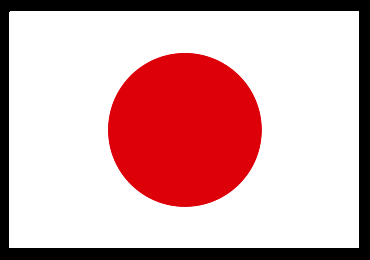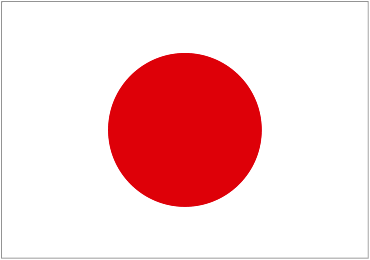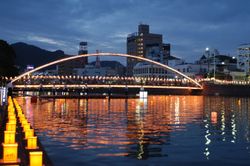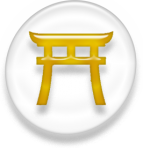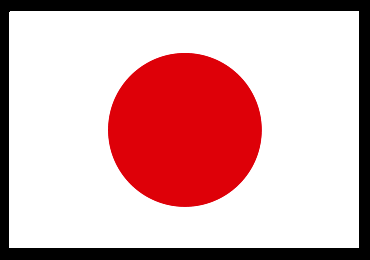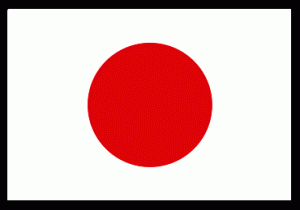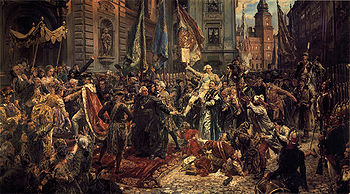January 1

Countries all around the world celebrate New Year’s Day. But nowhere do they celebrate it like they do in Japan. Think Christmas on steroids, and you’re halfway there.
Shogatsu, named after the first month of the Japanese calendar, lasts three full days. It’s the biggest holiday of the year, barnone.
The Japanese hold special “bonekai” New Year’s parties, or “year-forgetting” parties. (These differ from American New Year’s parties where attendees hope to forget what they did at the party the next morning.)
At the end of the year, Japanese wish each other “Yoi otoshi o omukae kudasai!” which means “I wish you will have a good new year.” But if that’s too much you can just say “Yoi otoshi o!”
Businesses close down for at least three days as well as schools. The rituals and activities associated with the festival however can carry on for over a week. Every “first” of the New Year must be handled with great care. It’s believed that the way in which events unfold the first time will be representative of how they will occur throughout the year—from the first sunrise (Hatsuhinode) to the first temple visit (Hatsumode), to the first tea ceremony (Hatsugama).
Japan used to celebrate its new year during the Chinese lunar new year in late January or early February, but the country adopted the Gregorian calendar during the Meiji Restoration of the 1870s. So the Shogatsu traditions are hundreds of years old even if the January 1 date is not.
Yoi otoshi o!



